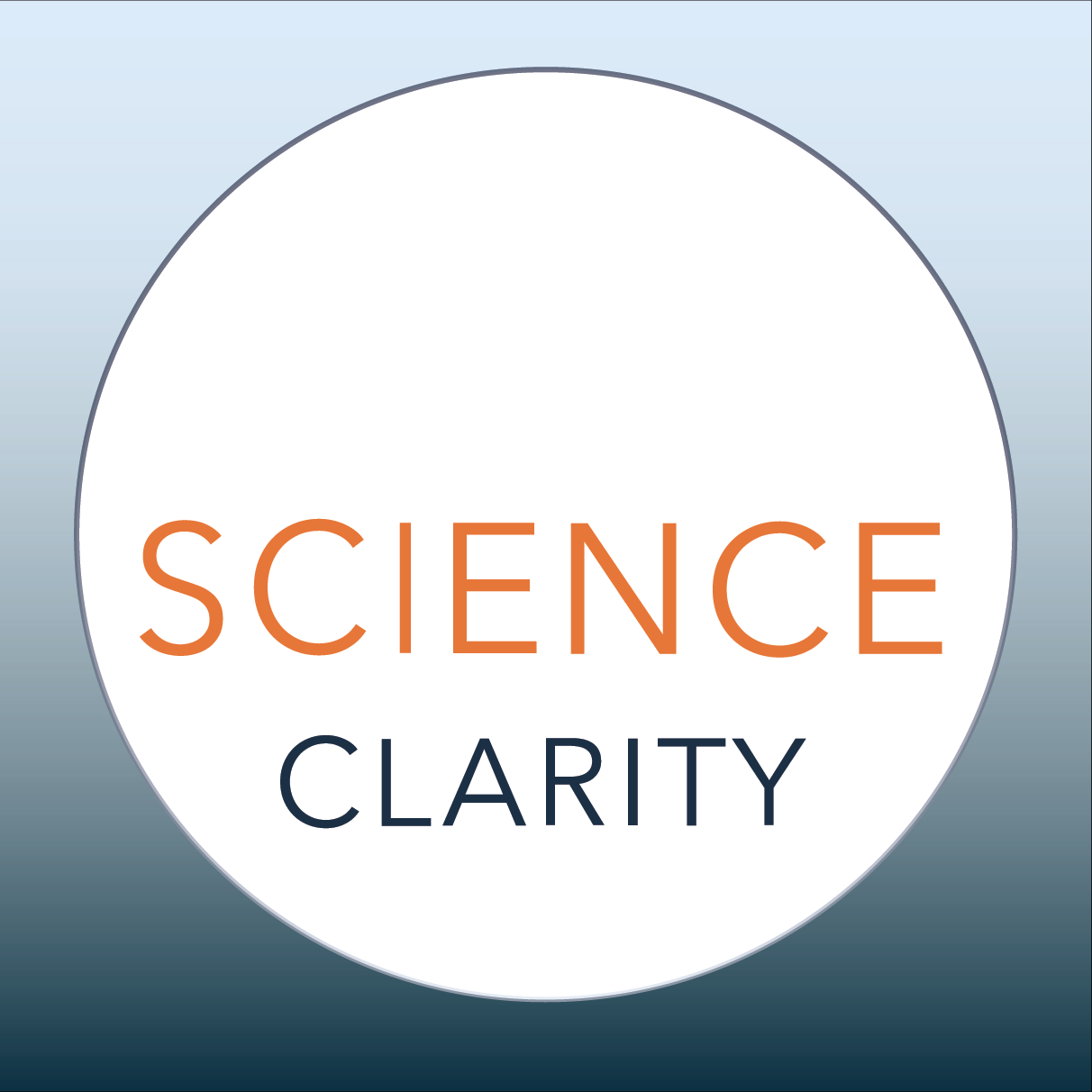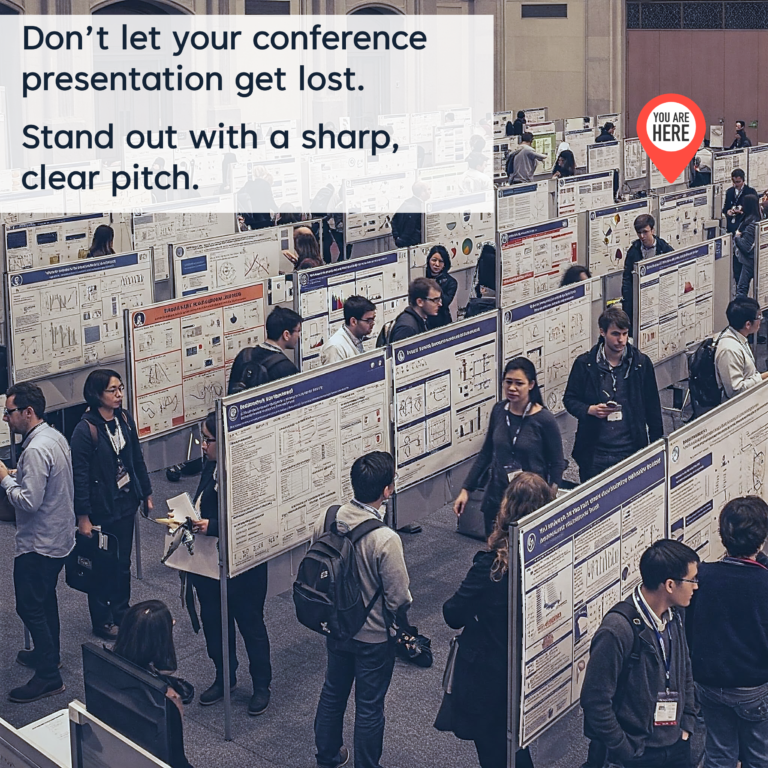Conferences can feel like a whirlwind: dozens of talks, hundreds of posters to view, and endless chitchat. In theory, you attend conferences to learn about new findings and a new methodology or two.
But let’s be real: The biggest payoff is connection. You’re there to share your work, meet potential collaborators, and maybe spark opportunities for funding or future projects.
The challenge is that your research has to compete for attention in a sea of other people’s posters and presentations. When attendees are overloaded, how can you make sure your work stands out and sparks the kinds of conversations that matter?
You need an elevator pitch.
Traditionally associated with sales and fundraising, elevator pitches are just as essential for scientists. Think of them as a quick, compelling way to “sell” your ideas—not in a pushy way, but in a way that invites curiosity and conversation.
What is an elevator pitch for research?
It’s a concise, engaging summary of your work—something you can say in 15 to 30 seconds. A good pitch hits these four key points:
- The real-world problem/challenge your study addresses.
- What you did to explore or solve the problem/challenge.
- What you found.
- Why it matters.
Why do you need an elevator pitch?
Say you give a conference talk to a room of 100 people—great! But what about the 2,000 others who weren’t there? How will you explain your work to them, clearly and briefly?
If your presentation is a poster, you’ll stand by it for an hour or so while attendees stroll by, actively avoiding eye contact for fear of getting cornered into a five-minute spiel they didn’t ask for. (We’ve all been there.)
With a well-crafted elevator pitch, you break the ice quickly and painlessly. In under 30 seconds, your listener gets the gist of your study. If they’re intrigued, you can go deeper into your methods, findings, next steps, and applications with a two-to-three-minute version. If not, you’ve delivered your message without wasting anyone’s time.
Crafting your 15-to-30-second summary
Here’s a simple structure you can follow:
1. Start with something interesting. This is typically referred to as a “hook.” It doesn’t have to be dramatic—just something that sparks attention. An interesting fact or statistic, or a thought-provoking question works well.
“Vaccination rates against meningitis B across Europe vary by socioeconomic factors.”
2. Say what you did. Connect your study to the problem you just introduced.
“We surveyed 410 physicians in Austria, Belgium, Greece, and Spain to understand what factors influence these rates.”
3. Share your key finding. Summarize your most striking result.
“We found that out-of-pocket costs and lack of awareness were the top barriers.”
4. Explain why it matters. Make the broader impacts clear.
“This means there are modifiable factors that can be addressed to improve vaccine uptake and reduce health inequity in these countries.”
A second example: AI‑driven cohort definitions
Problem: Creating operational definitions to identify patient cohorts in real‑world evidence databases can be challenging.
What we did: We used AI‑assisted literature mining to review 31 lung cancer studies and extract the reported identification algorithms.
Finding: Our AI-assisted approach was much faster than a manual review, and published definitions can be downloaded and modified in Excel.
Why it matters: This approach can accelerate real‑world evidence studies so researchers can focus on data analysis rather than dataset creation.
Both examples show how a clear, tight narrative can convey the heart of your research without a 10‑minute monologue.
Tips for refining your pitch
- Keep it brief. Let listeners decide if they want more.
- Use simple language. Avoid jargon and acronyms unless you’re sure they’ll understand.
- Tailor it to your listener. Ask, “Are you familiar with . . . ?” before diving in, so you can focus on the right details.
- Practice, practice, practice. Rehearse until it feels natural and conversational.
You already know your research inside and out. But great communication is about more than the facts—it’s about helping others connect with your work. A great elevator pitch does exactly that. So the next time you head to a conference, go in ready to make your science unforgettable.
📣 Want to put your elevator pitch to work?
Join me for a free webinar: “Attending a conference? How to make more networking connections in under 30 seconds.”
We’ll break down exactly what to say, how to say it, and how to turn casual chats into scientific connections.


